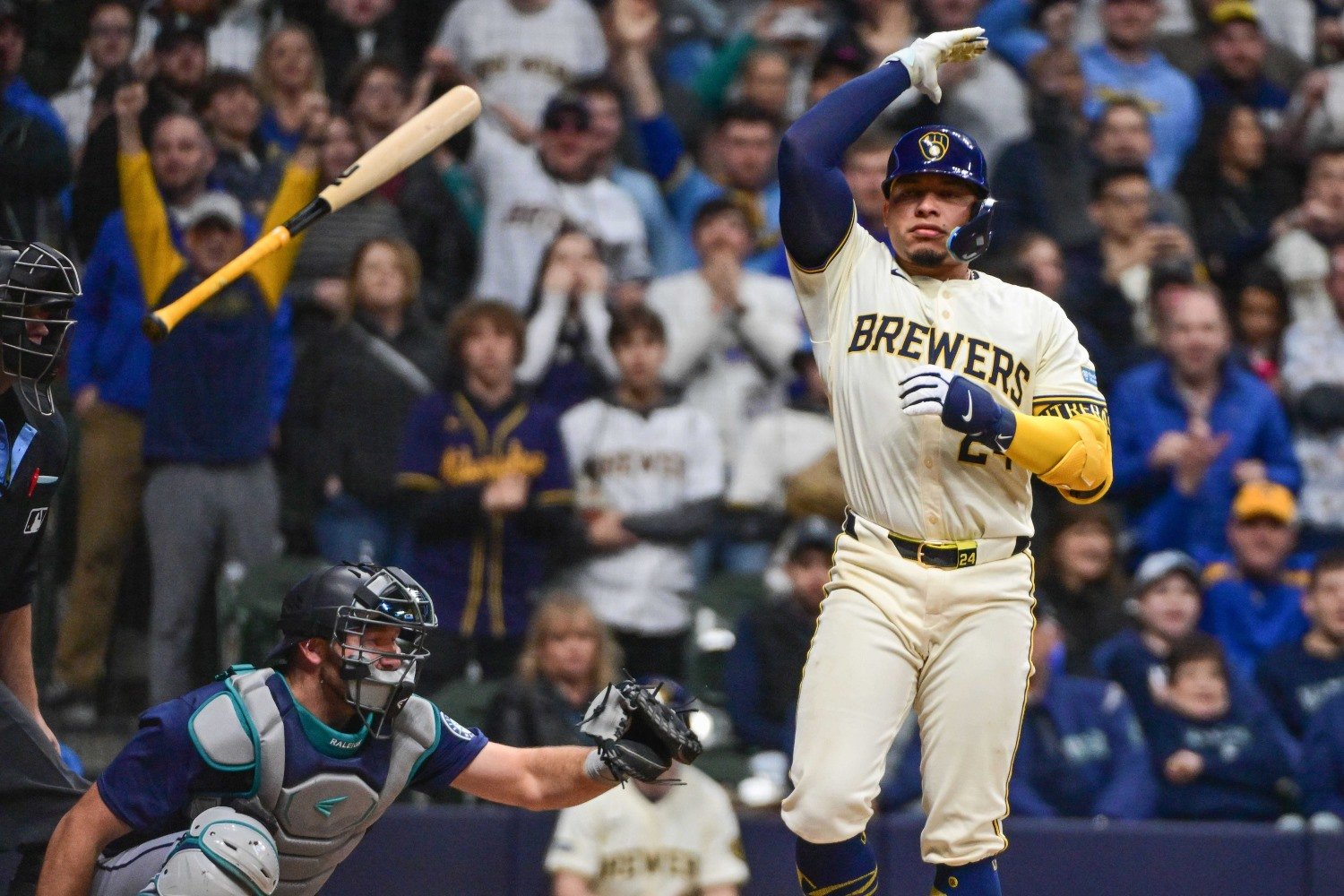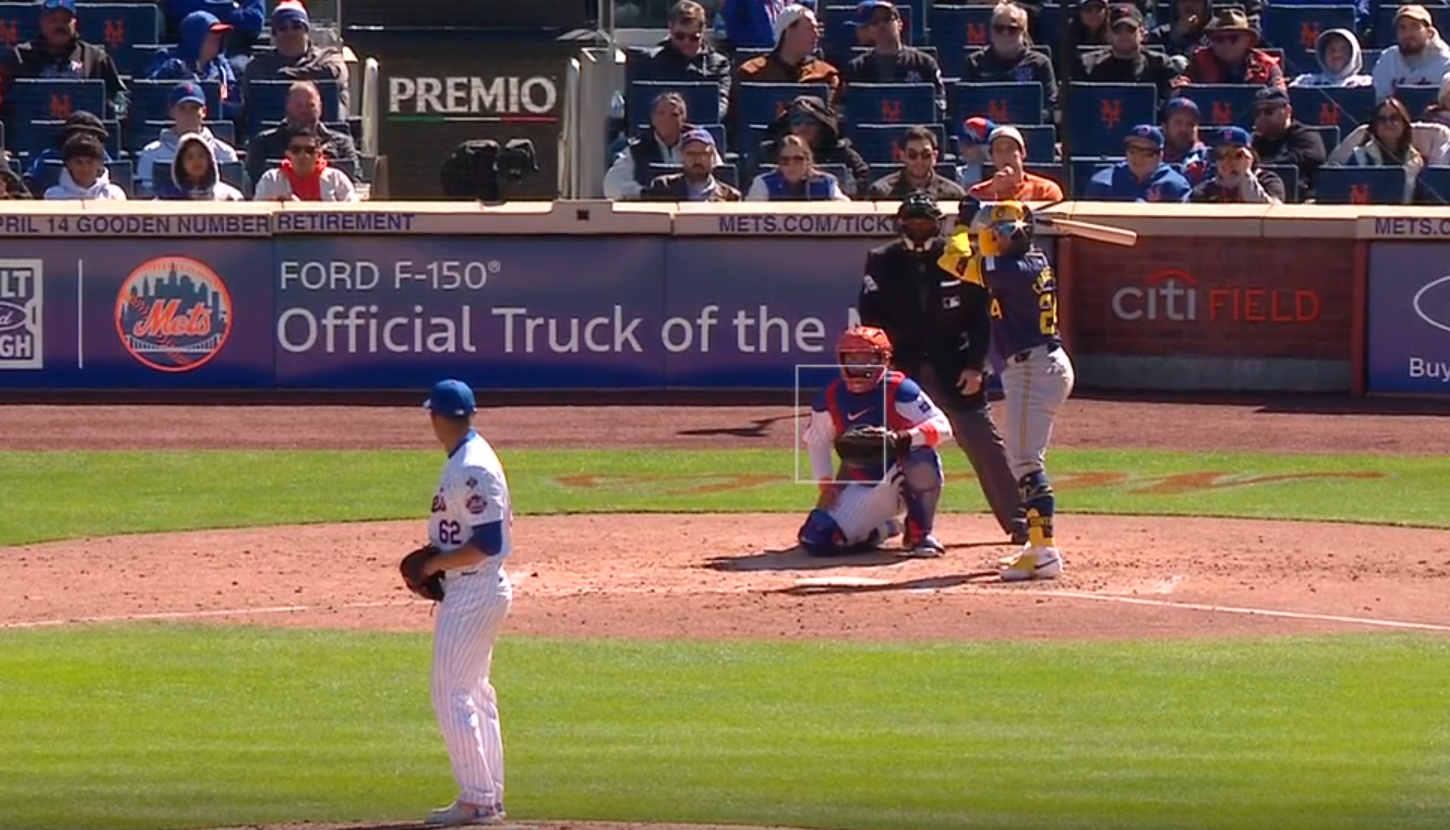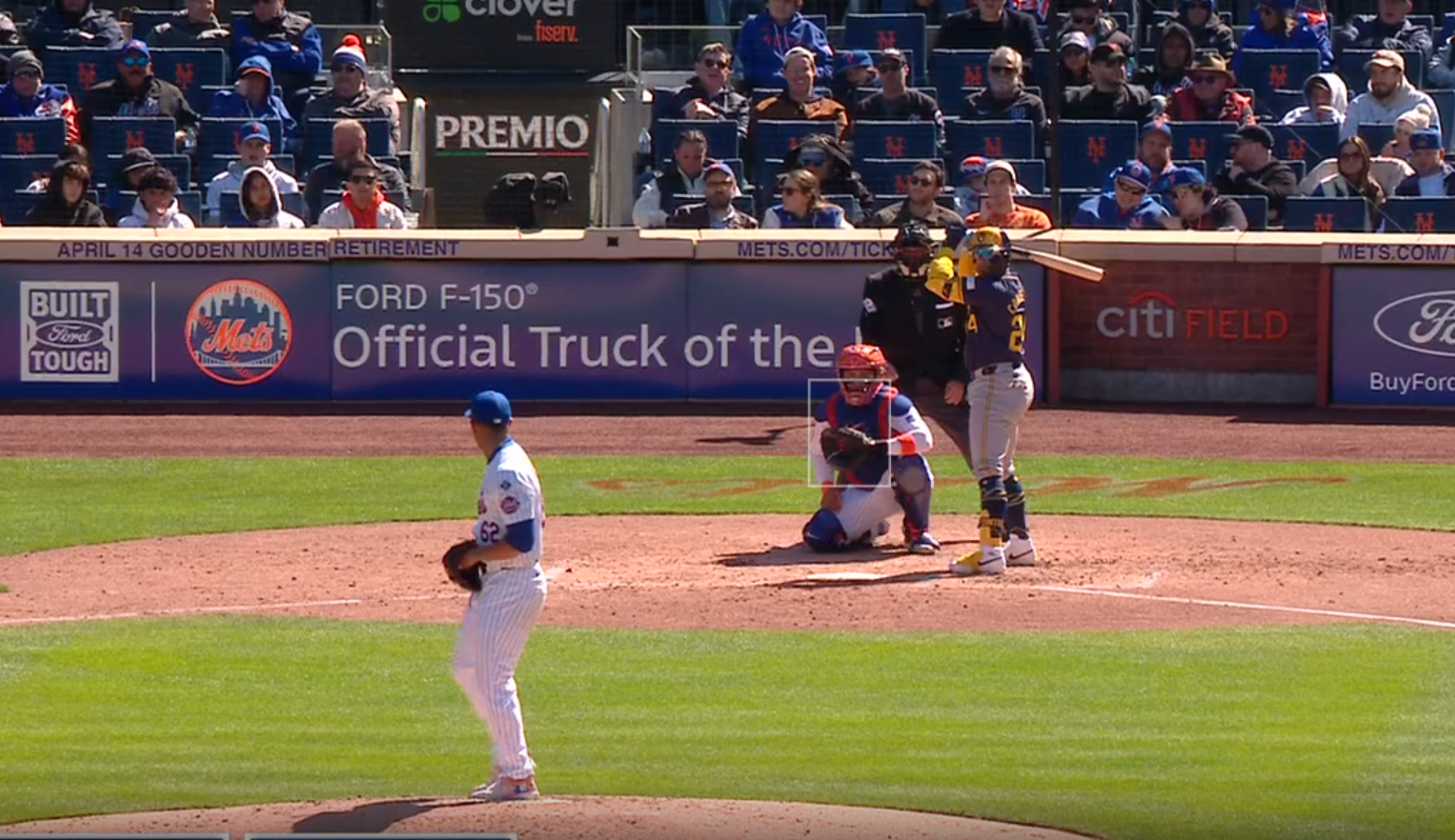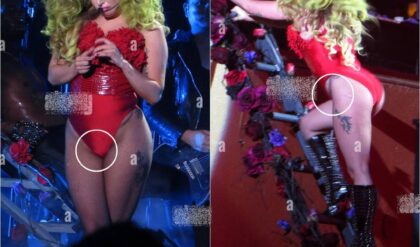Off to a searing start in the young season, the Milwaukee Brewers’ All-Star catcher is looking like one of the best hitters that position has seen in years. His quirkiness in the box is one reason why.

If your life depended on describing a typical William Contreras swing, you’d do well to say some earnest prayers and set your affairs in order. The Brewers’ slugging backstop doesn’t work that way. In the age of the optimized, uniform, highly grooved swing, Contreras is an agent of chaos. He’s a rock-jazz fusion in a world of neatly produced pop.
Take his two-strike mechanics, for example. Even in 2023, Contreras showed a new and fascinating desire to change up his movement patterns based on count and game situation. He would deploy a full leg kick at some times, a toe tap at others, and at still others, a virtually static, flat-footed twist and flick of a swing. He frequently modified his stance or his position in the batter’s box to accommodate a whim, whether it be one informed by scouting reports or circumstances or something subverbal that traveled from his eyes to his hands and feet without the intercession of the brain.

Picture 2:

I would say, having watched many, many pitches and swings by Contreras for this piece, that he tends to set up in a slightly more closed stance against left-handed pitchers, but lest anyone get the idea that that was a reliable pattern, here’s stark evidence that he’s not even sticking to one angle of setup against a given pitcher, in a deep count within a single at-bat.
Contreras was, clearly, looking for a different pitch on the second pitch above than on the first, having seen something or arrived at some new guess about how Quintana and the Mets would attack him after the first of these offerings. That’s logical, and sensible. It used to be in the toolbox of many hitters, though it was pulled out less often than some of those hitters like to pretend nowadays, when they’re regaling us with tales of their ingenious adjustments from the safety of a broadcast booth. In 2024, though, making that kind of pitch-to-pitch adjustment in setup and hinting at a change in expectation is almost singular. We’re only scratching the surface of Contreras’s quiddities, though.
Thank goodness for the fact that he does set up slightly more closed against lefties. It lets me point out one important thing you need to know about his actual swing, as we go forward from here: Contreras is a back-tapper. That, at least, is one name for this type of hitter; it’s all jargon at some point. In this clip, watch Contreras’s back foot, before he really begins what we’d tend to think of as his swing.
It’s subtle, but that little rock, stomp, or tap (all three terms are used by some hitting gurus, and all three can take turns being most appropriate, depending on how aggressive a hitter is about it and how they utilize it) is important. It’s a fairly rare but well-known move, designed to help a hitter build up momentum and fire more violently with their swing. It’s usually a bit about avoiding getting caught on your back leg, and a bit about increasing bat speed by getting everything moving without overcommitting. It’s interesting that Contreras uses it now, because I first noticed and wrote about it when countryman Miguel Montero (then a teammate of Contreras’s older brother) turned to it with the Cubs several years ago. Nolan Arenado is another hitter who famously uses some form of the back tap. It stirs up an absolute torrent of energy that the hitter can deliver to the ball, if they’re good enough at everything else to avoid lunging and flailing at the ball. Contreras, obviously, is.
We’re not nearly finished, though. Let’s talk about his front leg, now. In the video above, he deployed pretty much his full, unedited leg kick, despite the two-strike count. He whiffed. Here’s another at-bat from the Mets series (in fact, the same one from which we drew the stills showing his changing stance). The leg kick is lower. He’s trying to be quieter. But the result is the same.
One thing we know about Contreras, based not only on his numbers and his own comments but on discussions with Brewers personnel this spring in Arizona, is that he’s loath to strike out. It drives him nuts, and although he went along with the program and ate some extra whiffs to maximize power while he was in Atlanta, one of his greatest sources of pride last season was dramatically reducing his strikeout rate. This is why I predicted, at the outset of the season, that he’ll pile up a huge number of hits this year, but not necessarily see a big increase in power output. He would rather keep hitting the ball hard and putting it in play at a strong rate than make sacrifices in terms of contact just to elevate more.
Check out one radical thing Contreras is willing to do sometimes, even if it will probably remain a relatively rare move for him. A few times this year, he has not-so-subtly stepped closer to the plate just as an opposing pitcher was preparing to throw, to position himself to attack if the hurler makes a mistake over the plate–or just to fluster them into missing with the pitch.
This time (and at least one other time this year), he only froze himself up with that maneuver, but it’s a fascinating insight into the plasticity of his setup, mentality, and swing actions that he’s comfortable attempting that. Keep an eye on it.
In the meantime, though, keep an eye on this, too. Contreras made only sparing use of the toe tap last year, but this season, it’s an important part of his two-strike approach. He doesn’t use it every time, even since he started to incorporate it more often in the Mariners series last week. When he’s sitting on a fastball, even in a two-strike count, he uses the full leg kick. He doesn’t seem to feel as though the toe tap is conducive to timing up and catching heat. He prefers it as an antidote to his own tendency to get out too far on breaking and offspeed stuff. Here he is in Saturday’s game, taking his full cut at a two-strike speedball (in vain).
But here he is the very next day, getting a mistake slider on a pitch on which he used the toe tap, and swinging viciously at it (not at all in vain).
It’s not something he’s suddenly discovered. He used the toe tap against certain pitchers whom he felt confident were going to pepper him with spin or soft stuff in deep counts, last year and in the Twins’ brief visit. But it seemed as though the Mariners series brought him some clarity about his own paradigm for using that mechanical signature.
All this variability and eagerness to confound pitchers with changes to his swing path, stance, and approach is reminiscent of another Venezuelan hitter, but one much more famous and similar to Contreras than Montero: Miguel Cabrera. He took tremendous pride in shooting hard singles through vacated sides of the infield, and he believed he could trap pitchers by appearing to be tied up on a particular pitch, as long as he knew what he needed to adjust in order to put the same offering deep in the seats the next time they came at him with it.
That comp might sound too lofty; it isn’t. Contreras has the highest hard-hit rate in baseball this season, at 71.9%. No one can keep that up, but there’s plenty of reason to believe he’ll keep hitting it as hard as anyone in MLB. Only Bobby Witt Jr. has a higher average exit velocity. Only four players have a higher 10th-percentile one, and none of them hit it as hard at the high end as Contreras does, indicating that Contreras avoids mishitting the ball as well as anyone.
Is his ground-ball rate still some degree of problem? Yes. To have the massive season of which he’s truly capable, he will need to get more air under the ball, more often. With a good contact rate, a great walk rate, and this much hard contact, though, he’s already an electrifying, intimidating, and hugely valuable piece of the Brewers’ batting order. We often talk about pitchers who are an uncomfortable at-bat, even if they’re not quite the best hurler in the game. Contreras isn’t yet the best hitter in baseball, but he might give pitchers the least comfortable at-bat.





